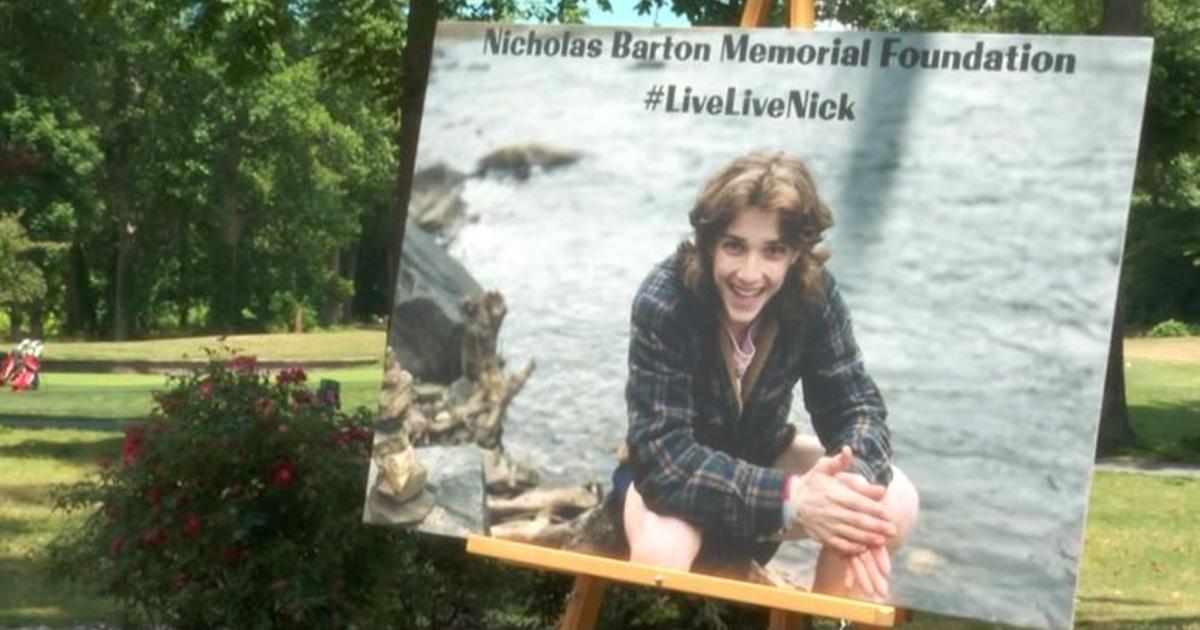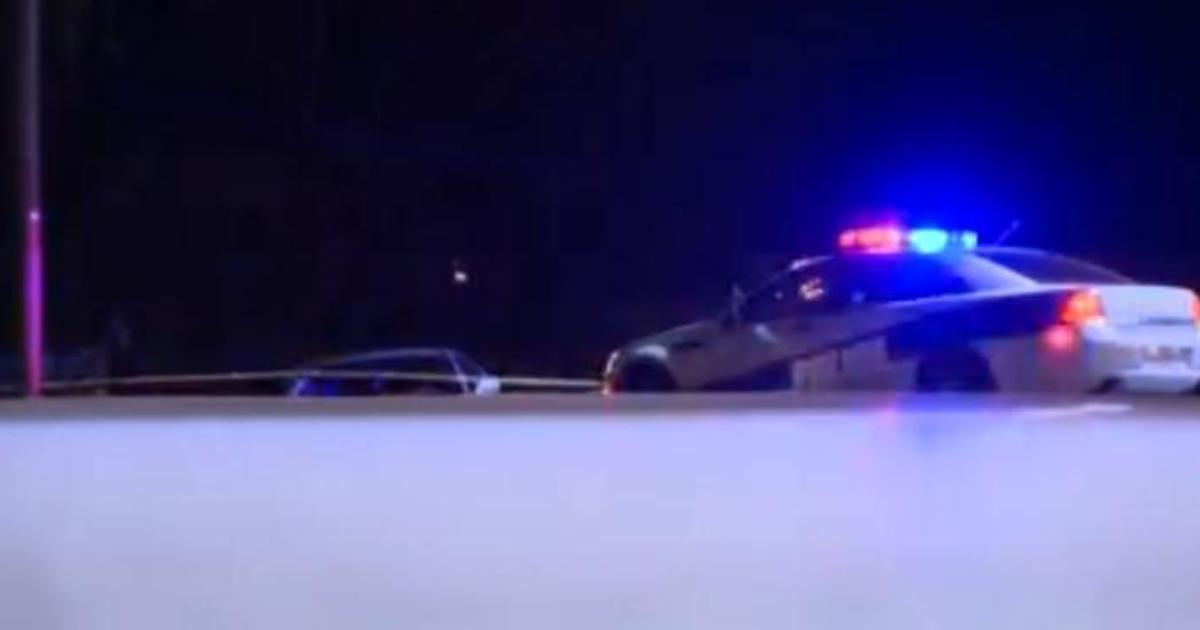Gansler: Md. Should Study High-Speed Rail Options
BALTIMORE (AP) -- State Attorney General Doug Gansler wants Maryland's government to take the initiative on building high-speed rail from Baltimore to Washington.
The Democratic candidate for governor said that, if elected, he'll form a task force to develop recommendations on high-speed rail by the end of his first year on the job, campaign spokeswoman Katie Hill said. The panel would gather representatives from transportation and housing agencies, environmental groups and private businesses, she said.
Gansler said at a candidate forum last week that high-speed rail would encourage more families to move to Baltimore by giving them a quick, simple commuting option. The fastest trains available could reduce the trip to about 15 minutes -- less time than it takes to drive into Washington from the outer suburbs when traffic is thick.
Andy Kunz, president of the U.S. High Speed Rail Association, said trains that can travel at 220 mph are available "off the shelf," so no research would be necessary to develop the technology.
At least two proposals exist right now for high-speed rail systems that would connect the two cities, but both are part of large-scale projects extending far beyond Maryland and depend largely on the federal government.
The Japanese government has offered to finance half the cost of a Washington-Baltimore line through a public bank as the first segment of a line extending to New York. Amtrak also wants to build a high-speed rail line from Washington to Boston but would need federal funding.
Gansler's spokeswoman said he wants to put the "best and brightest" planners together to examine any steps Maryland's government could take in the meantime.
Kunz said a state-level initiative could at least influence the federal government's priorities.
Few states could afford such projects without federal help. As California builds a 130-mile high-speed rail line from Madera to Bakersfield, it is depending on federal funding for $3.3 billion of the total $6 billion cost. Federal funds have covered most interstate construction as well.
The proposal involving Japanese investments would rely on cutting-edge technology used in Shanghai and central Japan. Magnets cause the trains to hover above the tracks, instead of resting on wheels. They typically travel faster than 300 mph in commercial service.
The U.S. may have a chance to use the technology without paying licensing fees.
But the project would still require significant federal funding. Japanese authorities have mainly discussed it as part of a project that could span some 225 miles from Washington to New York, at a cost of about $100 billion.
Moreover, Kunz said, this technology has never been used on such a large scale -- only on short rail segments. He believes traditional steel-track trains offer a better value.
Amtrak has a $151 billion plan to install a high-speed rail line from Washington to Boston. It ultimately would travel as fast as 220 mph. The fastest train it has now, the Acela Express, averages 84 mph.
But it won't be finished anytime soon. Amtrak plans to focus on upgrades and repairs for now and won't start installing its highest-speed technology until 2030.
Amtrak plans on the federal government paying roughly 50 to 80 percent of the costs, with the rest coming from state and local governments, private investors and access fees.
(Copyright 2013 by The Associated Press. All Rights Reserved.)



